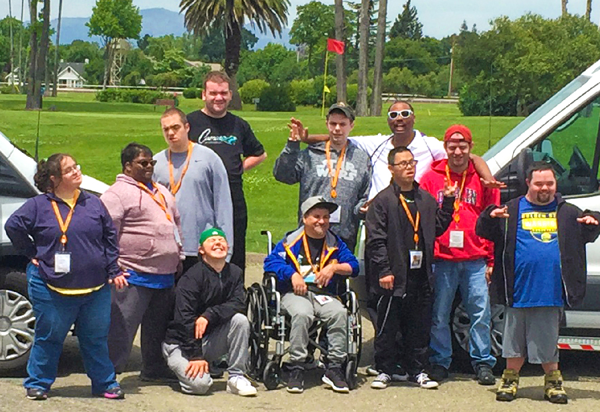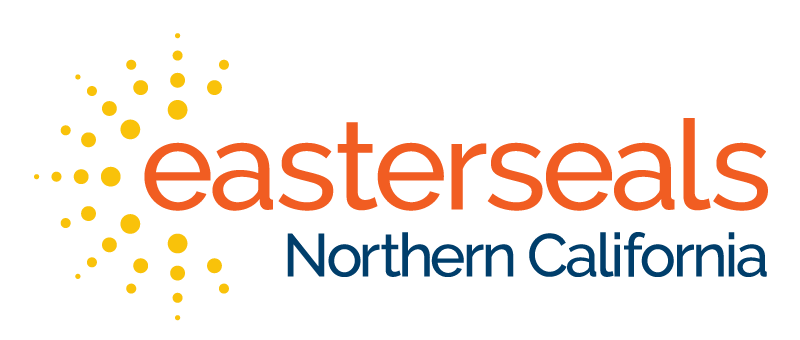
Easterseals Northern California: How SAFe—and Mindset—Drive the Mission
“We began seeing value within weeks or months of launching the first release train. Leaders and business owners could very quickly see we were working on the things that were important to them.”
—Jeff Hallett, VP, Product Management
When non-profit organizations practice SAFe, we love hearing their stories. They may not have all of the same challenges as their commercial counterparts, but there are many similarities and the mission is still as critical, if not more so in many cases.
Easterseals Northern California—the subject of our latest case study—wanted to better align their business leaders with IT in order to bring mission-supporting applications to users sooner. This is an organization that helps people with autism and other developmental disabilities address life’s challenges, so there are very real and dramatic repercussions when the organization is not able to perform to the best of its best abilities.
While compassion is an indispensable part of realizing its mission, Easterseals finds innovation just as critical to keeping pace with the one million managed treatments it delivers each year.
 For the IT team, staying ahead of business needs has often been daunting. In the absence of stated priorities, teams were always tackling the most urgent requests. SAFe became the key to setting priorities, staying on course, and fostering business engagement.
For the IT team, staying ahead of business needs has often been daunting. In the absence of stated priorities, teams were always tackling the most urgent requests. SAFe became the key to setting priorities, staying on course, and fostering business engagement.
But implementing the Framework, Easterseals had to cultivate the mindset. For that, transformation leaders began simply involving leadership in activities such as portfolio management, prioritization, and epic management. Then, they doubled back to train leadership on SAFe.
From there, they followed a phased, incremental rollout rooted in Lean-Agile Leadership, with change leaders placed in key positions.
From the first Program Increment, transformation leaders noticed an immediate benefit in terms of cross-team collaboration. Then, as the year unfolded, clear results showed just how far the organization had come:
- Easterseals hit 83 percent for achieved objectives in its first PI
- 70 percent or more of the delivered story points in releases are directly traceable to items on the Portfolio strategic roadmap agreed with the business
- IT delivers also higher quality on a more predictable and reliable timeline
- Defect levels are down
- IT has the highest employee engagement score in the company
Jeff Hallet, their VP of Product Management said, “Now, there’s a direct line-of-sight between work in progress and how it helps with the Easterseals mission.”
For more inspiration, insights, and best practices from Easterseals’s SAFe journey, check out the rest of their story. There you’ll also find a video of their presentation from the Global SAFe Summit.
Special thanks to those who helped create the Easterseals story, including Jeffrey Hallet, VP, Product Management, and Trista Travis, IT Program Manager and the nonprofit’s Release Train Engineer (RTE).
Stay SAFe,
—Dean
P.S. Be sure to check out our recently revamped customer stories landing page. You’ll find nearly 60 companies sharing their SAFe journeys, and even more links to other SAFe companies in the news.







Robert Charles
This is an organization that helps people with autism and other developmental disabilities address life’s challenges. So, there are very real and dramatic repercussions when the organization is not able to perform to the best of its best abilities.
harry
They are a great organization, Robert. Thanks for the comment.